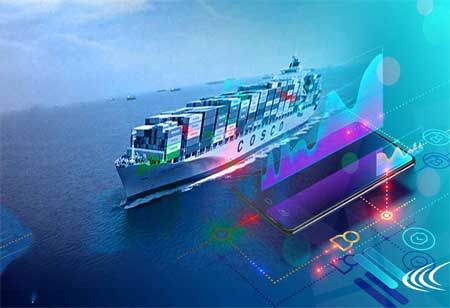THANK YOU FOR SUBSCRIBING
THANK YOU FOR SUBSCRIBING

By
Logistics Transportation Review | Tuesday, February 18, 2025
Stay ahead of the industry with exclusive feature stories on the top companies, expert insights and the latest news delivered straight to your inbox. Subscribe today.
The present issues in last-mile delivery are diverse and necessitate novel solutions. The last-mile delivery business can overcome these obstacles by embracing technology and implementing sustainable practices, paving the way for a more efficient and customer-focused future.
Fremont, CA: Last-mile delivery, or the final part of the delivery process, has become an essential component of the supply chain sector. As e-commerce grows, there is a greater demand for compelling, quick, last-mile delivery options. To satisfy changing customer expectations, businesses are exploring new technologies and tactics for improving the last-mile delivery experience.
Last-mile delivery faces various obstacles in today's quickly changing business environment. These issues are primarily caused by rising e-commerce demand, road congestion and urbanization, high delivery costs and inefficiency, and evolving customer expectations and needs.
Increased Demand for E-Commerce
The development of e-commerce has significantly influenced the last-mile delivery business. As more people purchase online, the number of goods shipped has increased dramatically. This increase in demand places enormous pressure on delivery businesses to provide timely and effective deliveries. Speedier delivery alternatives, such as same-day or next-day, have become increasingly important to satisfy client expectations.
Traffic Congestion and Urbanization
Traffic congestion in metropolitan areas is a significant barrier for last-mile deliveries. Driving on congested roads becomes more complex and time-consuming as cities become more densely populated. This not only causes delivery delays but also increases fuel usage and carbon emissions. Delivery firms are looking at alternative methods, such as employing electric cars or bicycles, to help minimize traffic congestion and lessen their carbon footprint.
High Delivery Costs and Inefficiencies
Last-mile delivery is sometimes the most expensive portion of the supply chain. The costs of recruiting drivers, maintaining cars, and handling logistics may be substantial. In addition, inadequate route design and delivery scheduling lead to greater prices and longer delivery times. To solve these problems, businesses are implementing advanced technology, such as route optimization software and automated delivery systems, to expedite operations and cut costs.
Customer Expectations and Demands
Customers now have high expectations for last-mile delivery. They want real-time tracking, various delivery options, and excellent customer service. To meet these needs, delivery businesses must invest in technology and infrastructure that can provide reliable tracking information and convenient delivery options such as lockers or pickup spots. Failure to satisfy consumer expectations can lead to bad feedback and a loss of revenue.
I agree We use cookies on this website to enhance your user experience. By clicking any link on this page you are giving your consent for us to set cookies. More info





